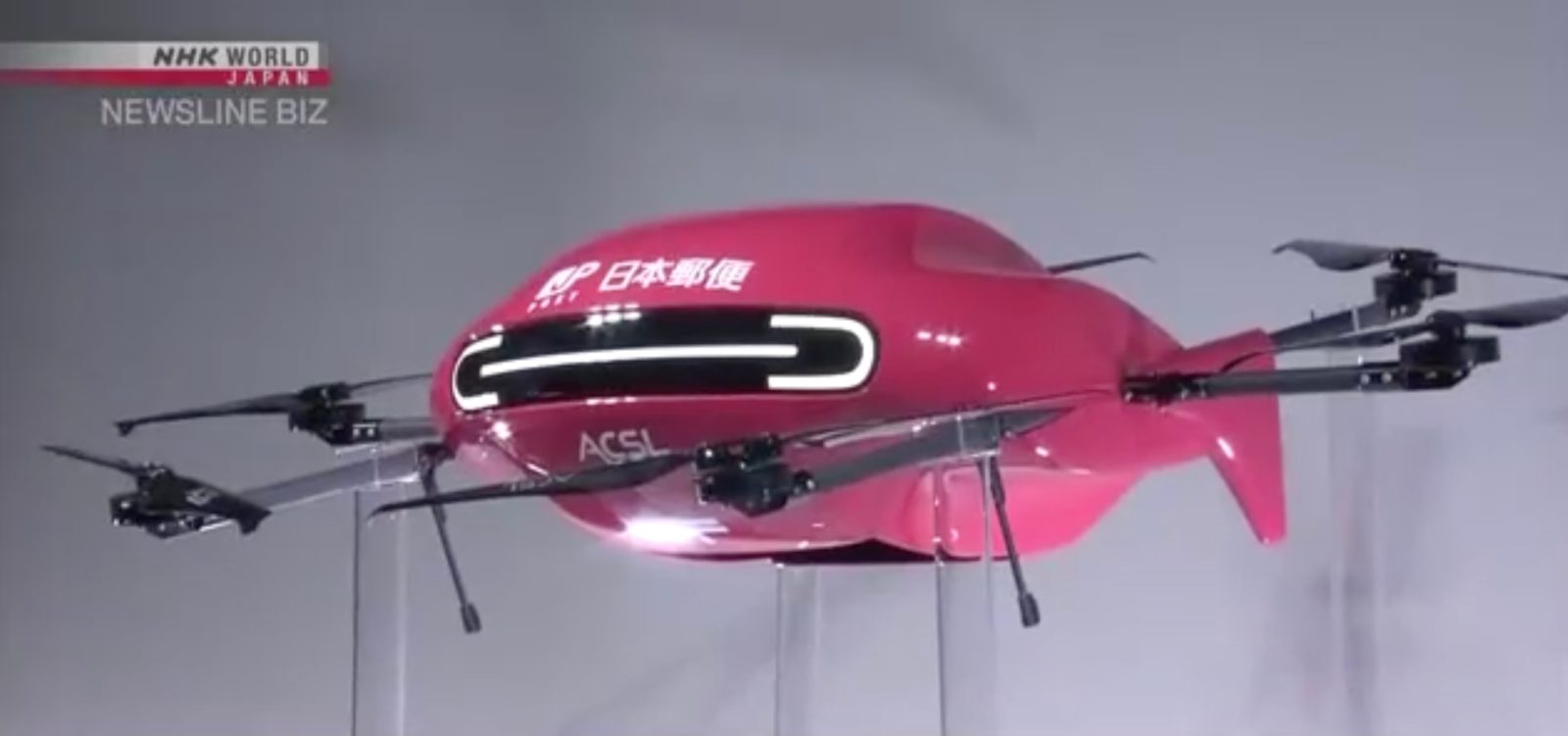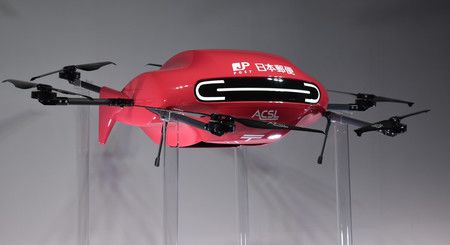
Japan Post, the archipelago nation’s mail company, has jumped on the easing of certain drone restrictions introduced only last week to announce its plans to prepare for aerial delivery of parcels starting next year.
Japan Post made the announcement Tuesday, just three working days after regulators relaxed restrictions on certain UAV operations over populated areas. The modifications made Thursday apply to so-called Level 4 drone flights, which are defined as entirely automated beyond visual line of sight (BVLOS) use above residential or urban zones.
As a first step in seizing the new opportunities created by the easing of those strictures, Japan Post says it plans to begin aerial delivery of parcels during the fiscal year 2023, initially to more isolated communities in mountain regions and on remote islands.
The move reflects Japan Post seeking to remedy what was one of the main motivators behind the government’s revision of Level 4 rules in the first place: a shortage of drivers to distribute regular mail, which has been even more problematic for Japan Post’s Yu-Pack parcel delivery service amid surging online purchases.
Modification of Level 4 regulations will still require operators of automated drone missions to obtain permits, but those are expected to be more readily issued – even if widespread flights above populated areas will only be gradually introduced.
Read: Zipline details the rollout of its drone delivery operation in Japan
In announcing its plans, Japan Post unveiled a new delivery drone developed by partner ACSL Ltd, a Tokyo-based maker of fully autonomous craft for BVLOS missions. The UAV can carry up to five kilograms of payload over total distances of 35 kilometers on a single battery, increasing flight time of previous test craft by a factor of over three.

Though the deployment of automated BVLOS drone delivery flights will begin in limited numbers in outlying regions in accordance with the government’s initial go-slow strategy, Japan Post believes the service will prove sufficiently safe and efficient for quick increases and scaling of operations across the nation.
“By introducing drones, we can provide options for speed and low cost,” Masaru Nishijima, Japan Post’s director of operation reform, told NHK, who said the service would begin as parcel delivery before being spread across its various delivery activities. “By being able to fly long distances, we can also use them for transportation between post offices.”
FTC: We use income earning auto affiliate links. More.

Comments